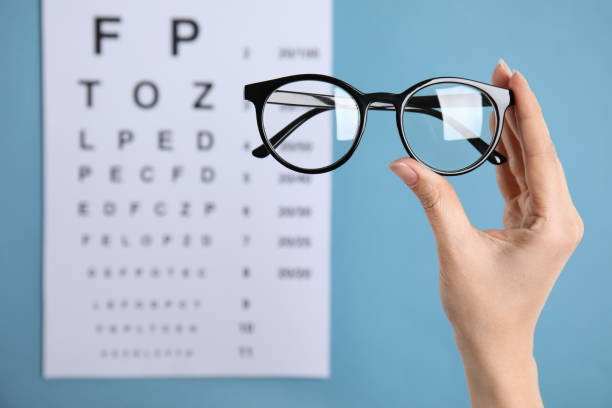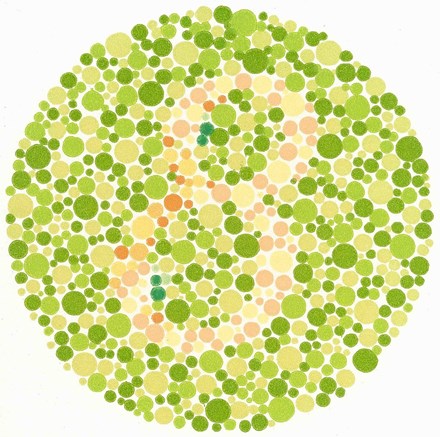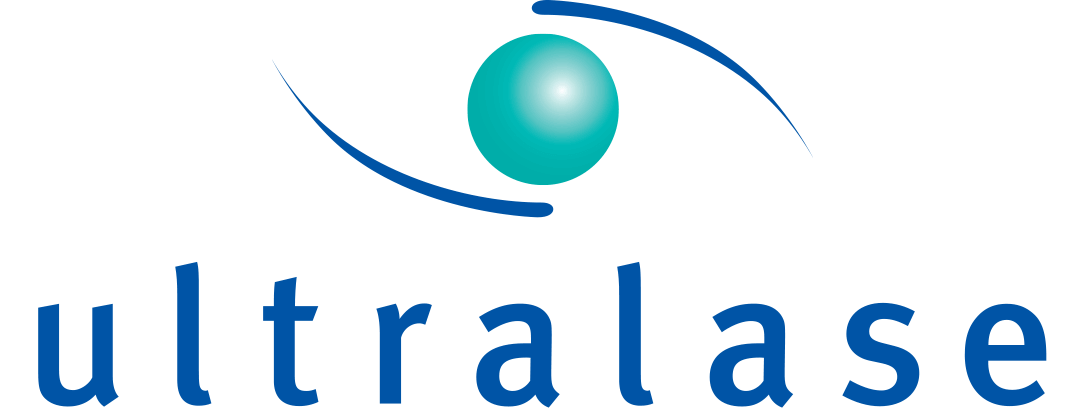Why You Should Opt For Routine Eye Tests
13 September 2022

People underestimate the importance of regular eye tests and they do not realise eye health is just as important as body health. It is recommended to have your eyes tested every 2 years to check whether your prescription is stable or if it has worsened. If your prescription has changed, you will be prescribed glasses to help you see more clearly. How long it has been since you last went for an eye check-up?
Importance of getting your eyes tested
More than 50% of sight loss can be prevented by attending regular eye tests to discover the condition of your eyes. It is important to get your eyes tested to limit the damage to your eyes. Here at Ultralase, we can help you detect one of the most common eye conditions cataracts, which could lead to sight loss in the future if not treated early on. We offer cataract treatment in our clinics to help restore youthful vision.
During the eye test, an eye doctor can also spot health conditions such as high blood pressure and diabetes which are symptoms that can affect the eyes. It is also important for children to go for regular eye tests starting young in order to detect any problems with their vision such as short-sightedness (myopia) or lazy eye (amblyopia). This way, they can be treated early on to avoid further problems.
Elements of a regular eye test
There are several types of eye tests. The most basic one which is the visual acuity test is where the sharpness of your eyesight is measured. The visual acuity test helps you to identify from which distance you can maintain good vision. If you have been experiencing issues with your vision, then you should book a visual acuity test as soon as possible. It is recommended that children have this test as it also includes the 'Snellen' test. This involves them looking at a chart containing letters or symbols on different lines, beginning in large font on the top line and progressively becoming smaller with each subsequent line. People look at the chart from a set distance to detect how clearly they can see from a distance.
Another type of eye test that is physically carried out is a Retinoscopy which helps the optician to determine if you need a prescription. During this eye test, a red light is focused on the eye's retina and then the light reflects. Across the pupil, the light moves and then the movement is noticed by the reflex. To identify which lenses are suitable for you, you will sit close to a device called a phoropter which tells the optician which lenses you need to correct your vision.
There are people in this world who cannot distinguish between colours and this is known as the colour blindness test, which is one of the simplest tests conducted. Within this eye test, there are different numbered charts with numbers that are multi-coloured and in a dotted form which makes it difficult for people to recognise the number. This is called the Ishihara test which helps to diagnose whether you are colour blind or not and it contains 38 plates of circles with 2 colours red and green.

Eye conditions that can be identified in a regular check-up
When having an eye examination performed on a routine basis, it is to check the condition of the eye and can also identify any health problems. When doing the eye exam thoroughly it can take at least an hour, including 20-30 minutes to fully dilate the pupil to evaluate different parts of the eye.
Several eye conditions can be identified during a regular check-up. One part of a regular eye test includes checking for refractive errors. This is when a person does not have 20/20 vision, which is what we say to refer to good vision with no prescription. There are different types of refractive errors and they include Astigmatism, Hyperopia, Myopia and Presbyopia. Refractive errors can be identified by conducting a test called Retinoscopy which involves using a tool for an examination aimed to measure the refractive error in the eyes. Refractive errors are very common with eye disorders and this means a person cannot focus on images. There are treatments for refractive errors which include glasses, contacts or surgery (laser eye surgery). The benefit of early diagnosis is that the optician will let you know if you need treatment so you can limit the damage to your eyes.
Another common condition that can be identified is glaucoma which is where the optic nerve that connects the eye to the brain becomes damaged. This is caused by the fluids that build up in the front part of the eye. Glaucoma can be identified by doing several tests to measure the level of fluid pressure inside the eyes. There are 5 different eye tests used to identify glaucoma. Opticians will perform either a tonometry or gonioscopy to test for glaucoma. The difference between the two is that the tonometry measures the intraocular pressure, whereas a gonioscopy is used to look at the angle of the eye. You will either have the option to receive laser treatment or medicated eye drops to reduce eye pressure to prevent further damage.
Health conditions that can be identified
Eye tests can also identify health conditions that people may not know about such as diabetes. Diabetes is very common among people and it can be detected through early signs. Diabetes can affect the small blood vessels that are inside your eyes which then cause them to leak blood and yellow fluids. However, you eye doctor should pick this up during an eye test. There is a treatment for diabetic retinopathy; however, it will not be needed if the diabetes is in an early stage. People with diabetes will have the health of their eyes monitored closely. However, if the diabetic retinopathy reaches an advanced stage then there is an option to have focal laser surgery which is used to either stop or slow leakage from the blood vessels.
Another health condition that eye tests can detect is hypertension which is also known as high blood pressure. Your blood pressure is recorded by 2 numbers so if the number is 140/90mmHG or higher, this is considered as high blood pressure because the ideal blood pressure should be between 90/60mmHG and 120/80mmHG. Diagnosing hypertension early means it can limit serious problems to your health. High blood pressure can damage your blood vessels in the retina which is at the back part of the eye. The retina is responsible for receiving light and sending visual signals to the brain, turning it into the image that you see. This means that any damage to the retina can lead to loss of vision.
FAQs
How much does an eye test cost?
In the UK, the costs of eye tests vary as the price range can typically be £19-25.
How long does an eye test take?
As everyone’s eyes are different, the time it takes to do an eye test also varies, although a standard eye test can take 20-30 minutes.
Who is entitled to a free eye test?
You are eligible for a free NHS eye test if you are:
- Under 16
• 16, 17, 18 or 19 and in full-time education
• 60 or over
• Registered as partially sighted or blind
• Diagnosed with diabetes or glaucoma
• 40+ and your mother, father, sibling or child has been diagnosed with glaucoma
• On job-seekers or support allowance
• On a low income and are named on a valid NHS HC2 certificate for full help with health costs
If you would like to book a consultation with us to discuss vision correction surgery after your eye test, please book here. We cannot advise you enough how important it is to have your eyes tested every 2 years as a minimum.
Back to Blog
